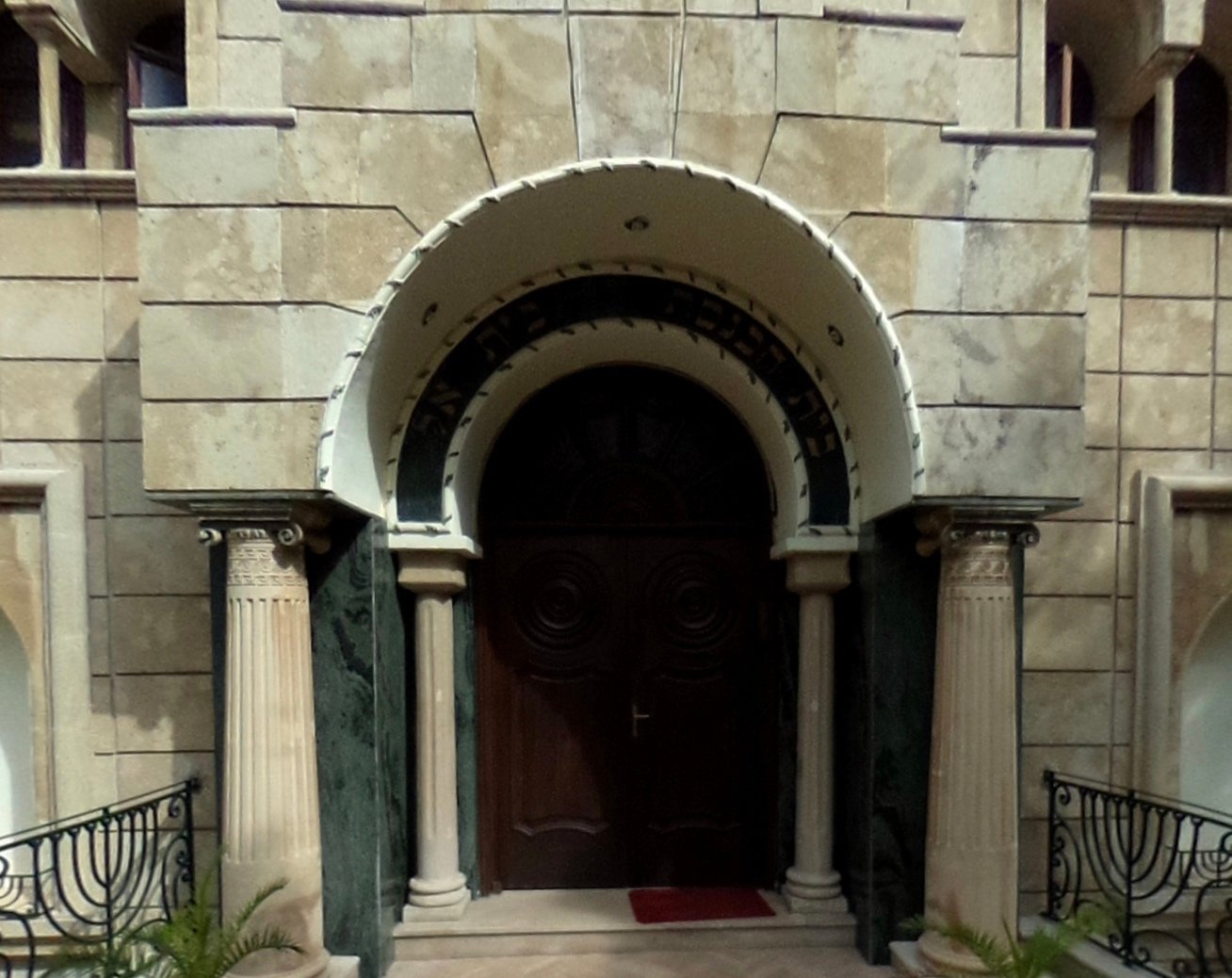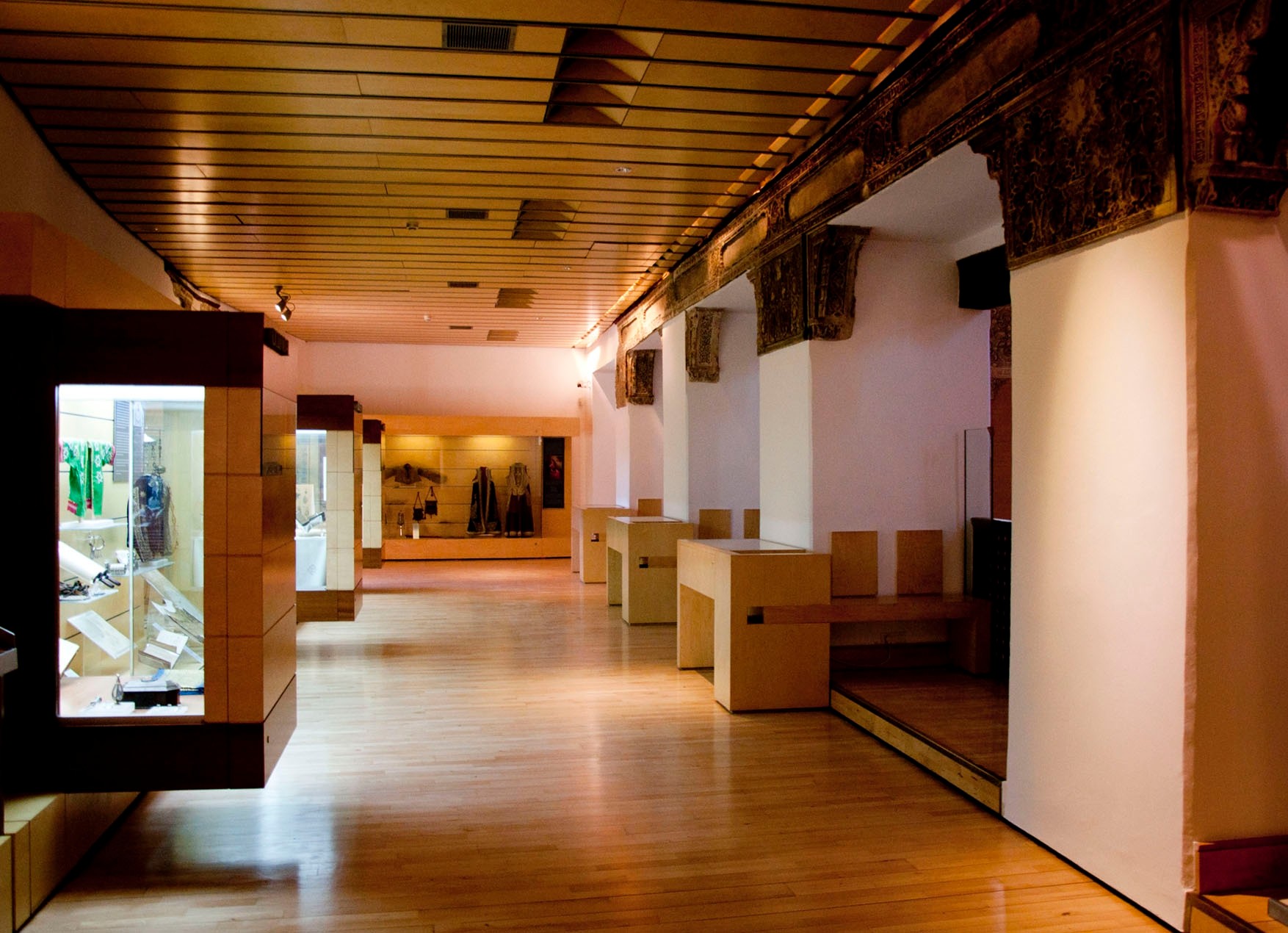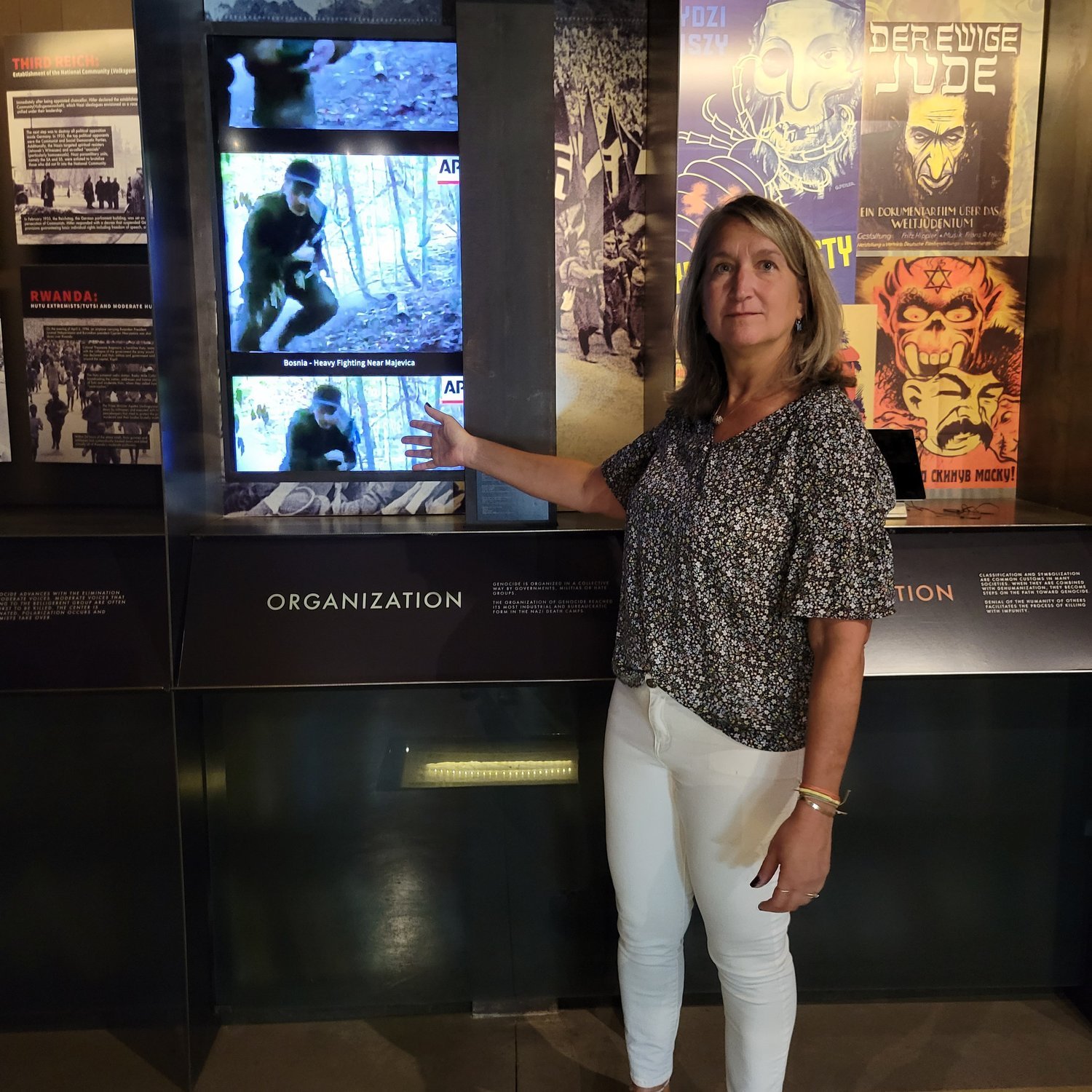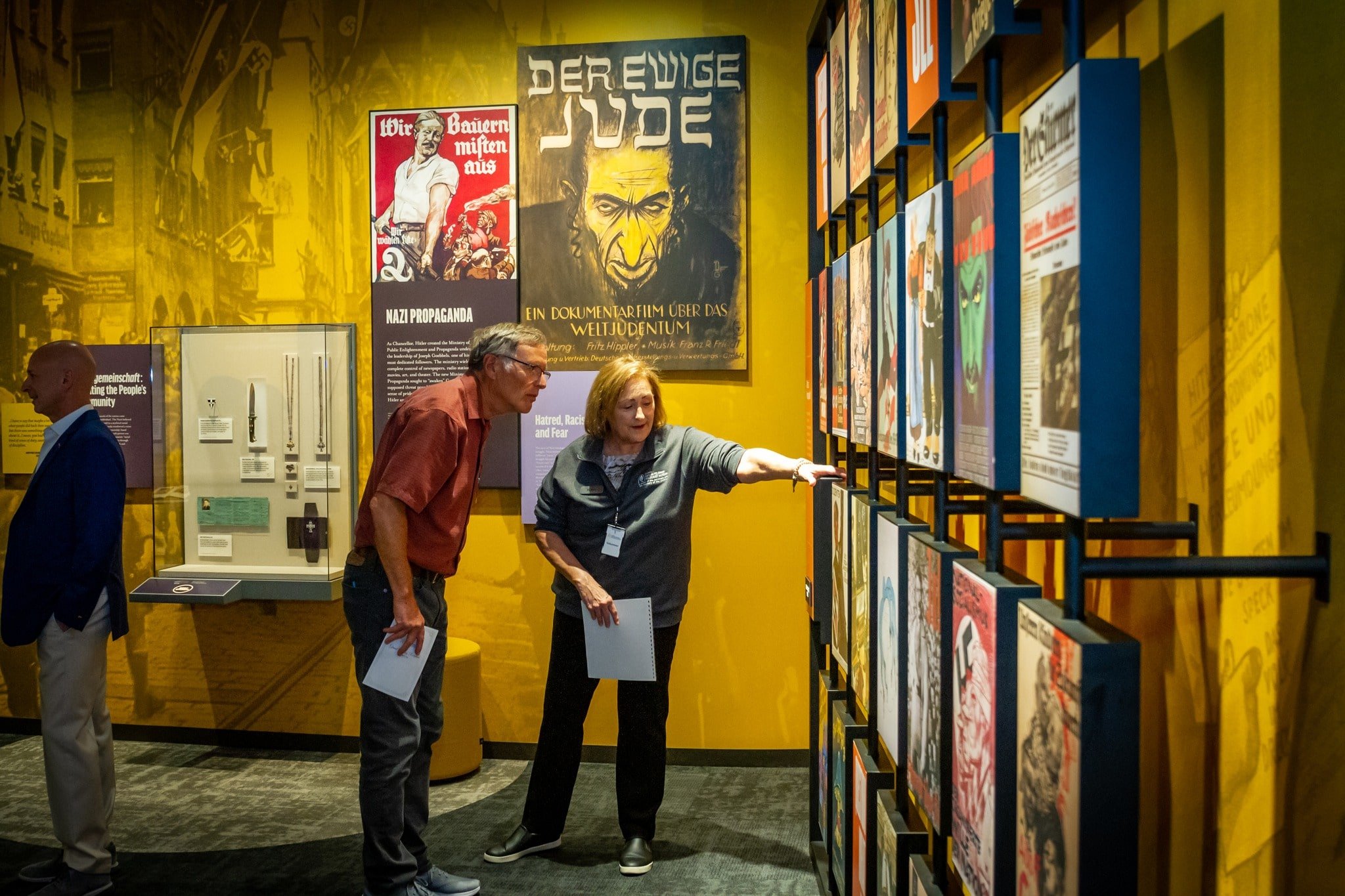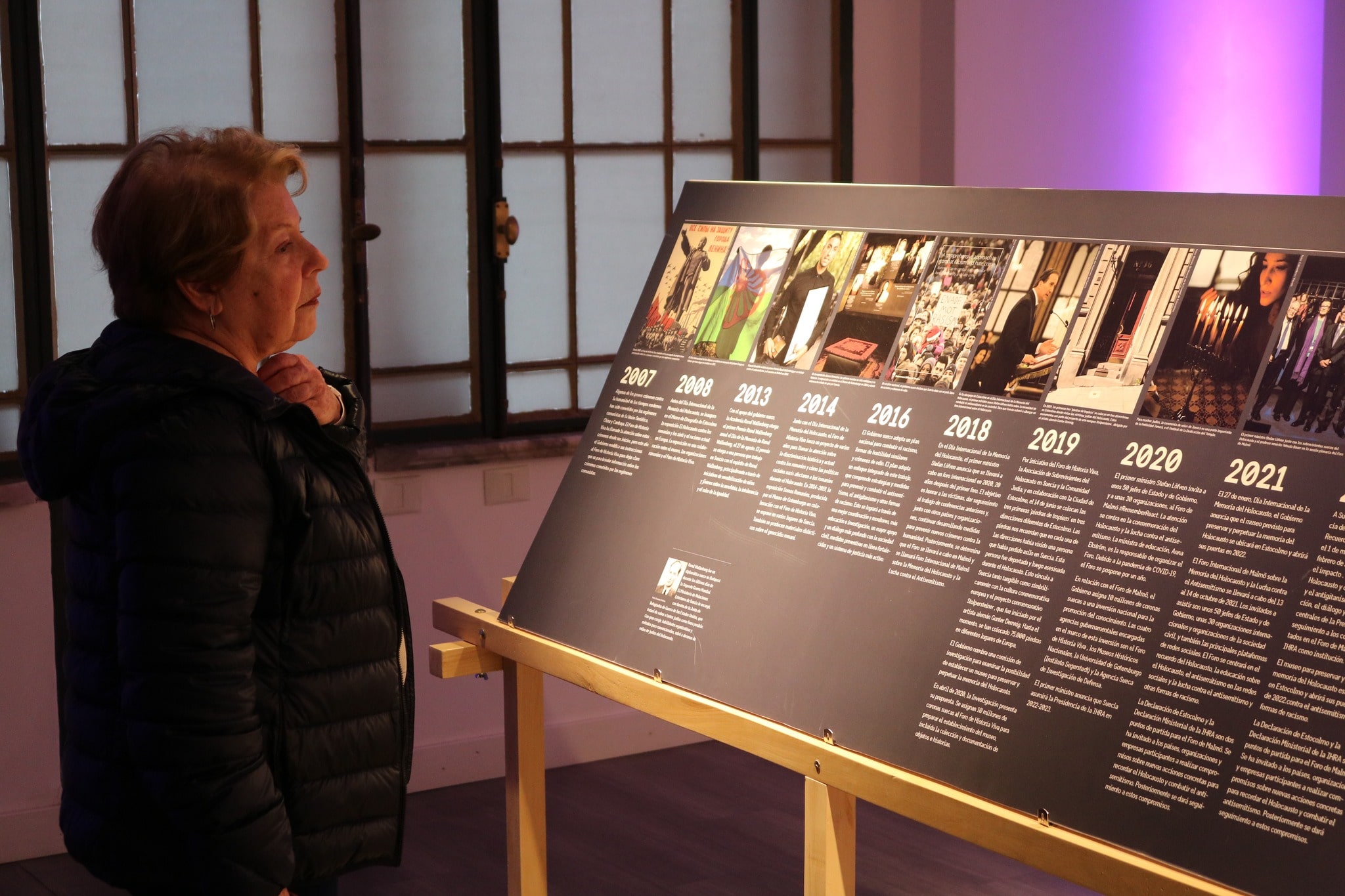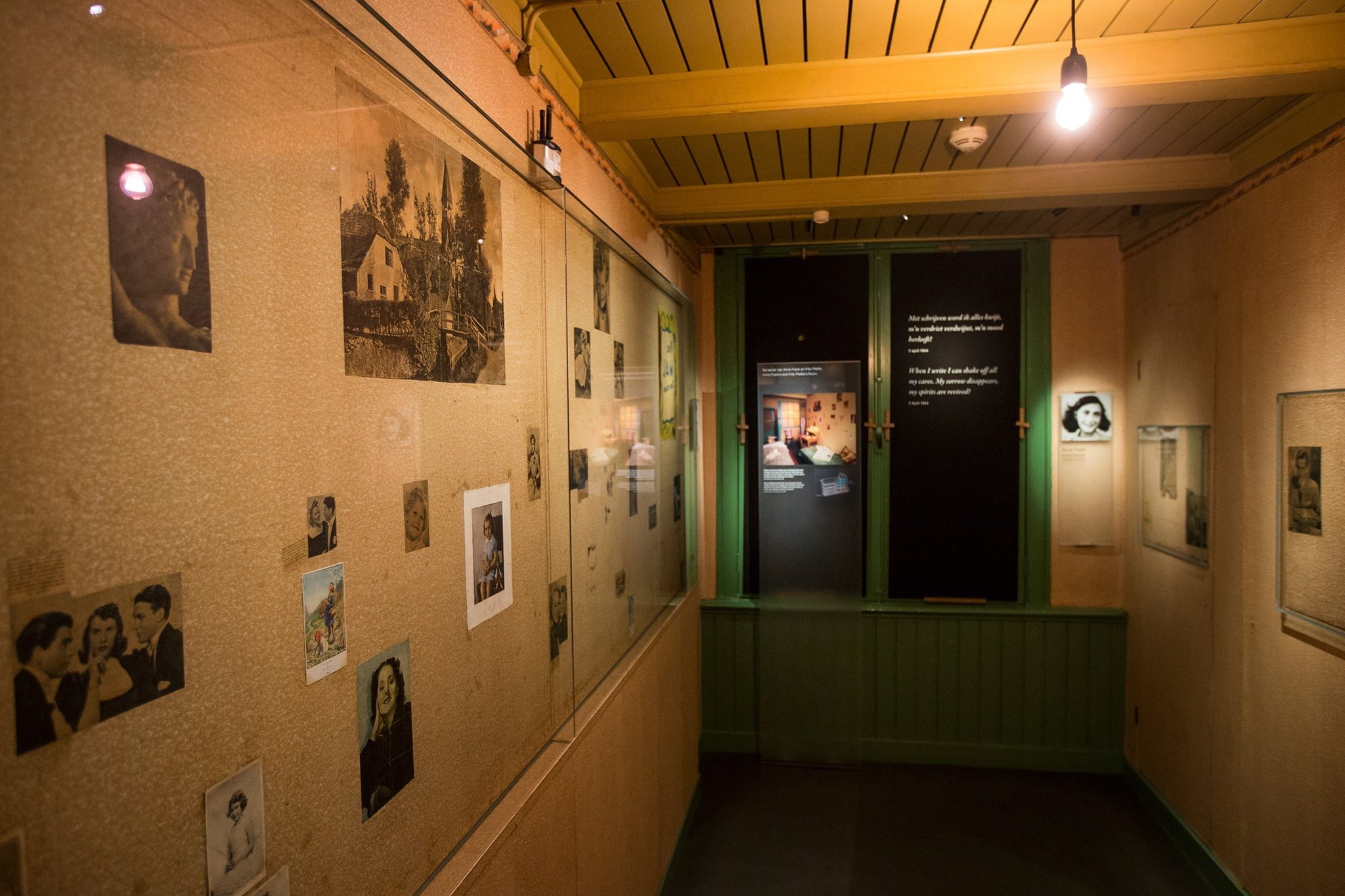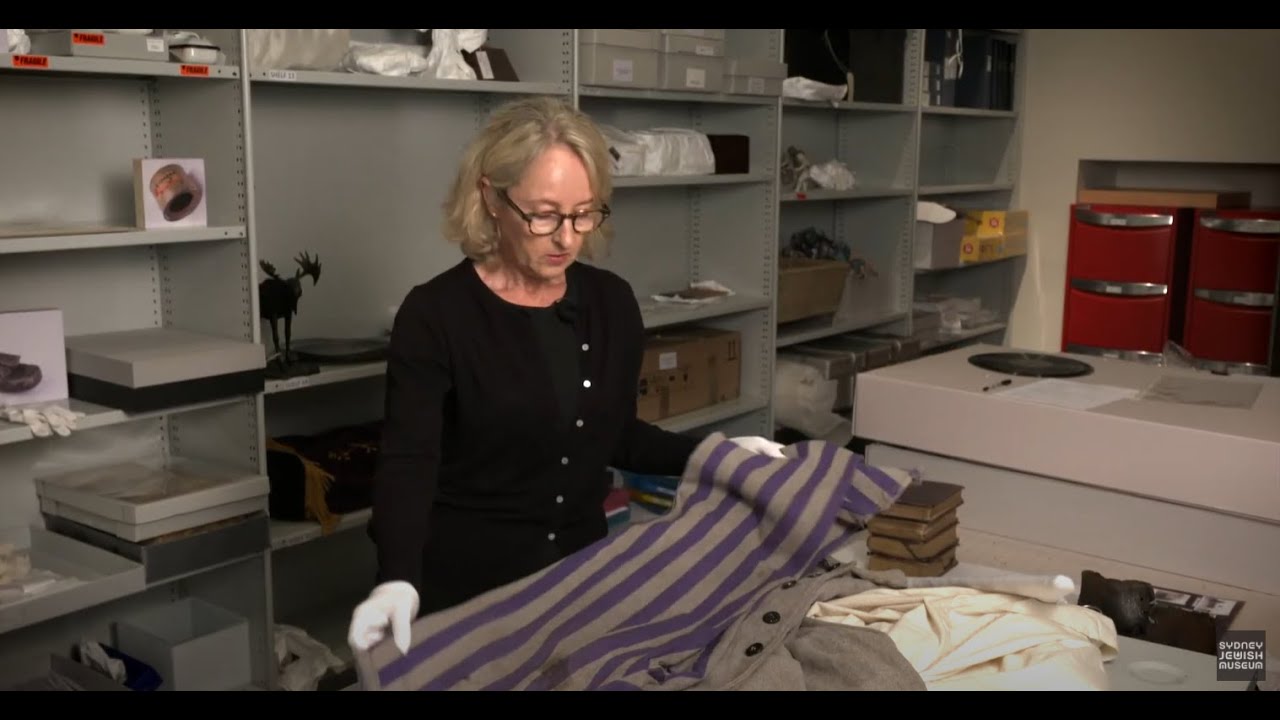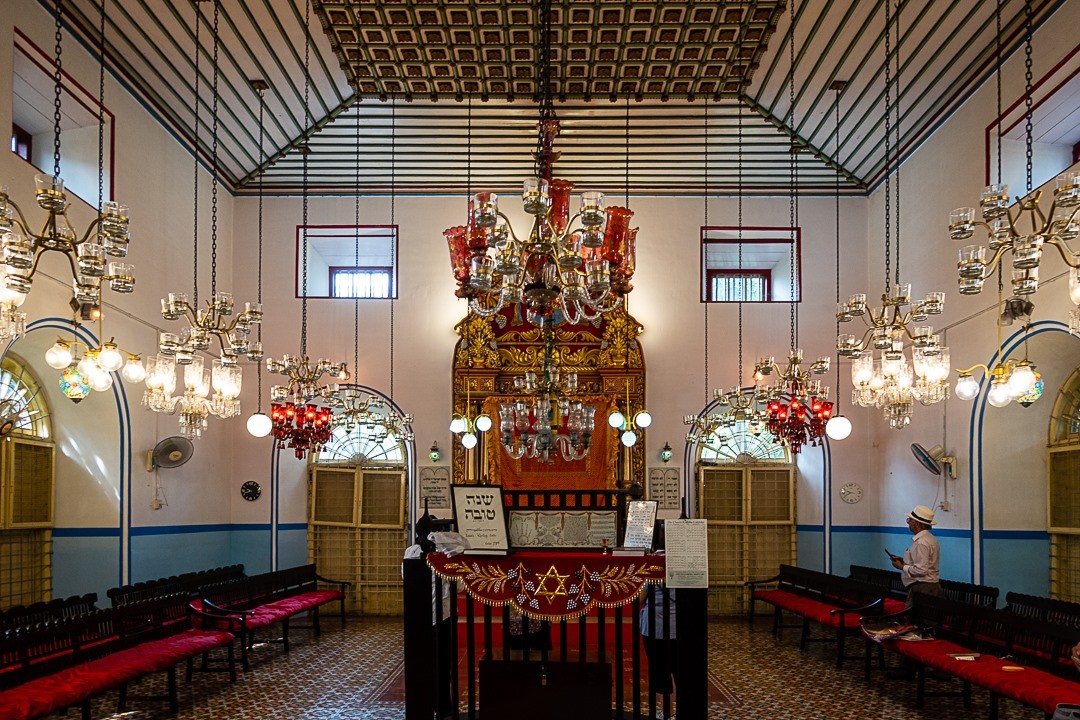Today there is a growing lack of knowledge and amnesia of the Jewish element of the Moroccan cultural identity. If in 1947 there were more than 270,000 Jews living in Morocco, today (2018) there are only around 2,500 Jews left. These numbers are reducing as time passes by, so what we are actually witnessing these days is the disappearing of the Jewish presence in Morocco.
The Virtual Tours offer everyone the opportunity to visit the Jewish Moroccan heritage sites across Morocco. Following the disappearing of the Moroccan Jewish community, these sites are left to tell the story that must be told and heard. The tours are accessible easily any time and from any place. All you needed is a smartphone, a tablet or a computer, and a connection to the internet. You can also upgrade your experience using a VR headset which is supported (use the VR botton to switch the mode).
Archives: Directory listings
Directory listings
Jewish Museum Berlin
Ever had the experience of travelling to a destination and not being quite sure which sights to visit? More so, did you ever regret spending time and money on an attraction that didn’t meet your expectations?
As avid travellers, we at 360 Stories know the pain is real. But what if you could plan in advance, not by reading contradictory reviews and looking at photoshopped images, but by seeing for yourself first before making up your mind?
Sephardic Museum Toledo
The Sephardic Museum is located inside the Samuel ha-Leví Synagogue or as the Transit Synagogue is popularly known. However, since its origins, this synagogue has been the subject of various ups and downs and modifications, offering us an exciting testimony of the history of our country.
The origin of this spectacular building dates back to the 14th century, when it was erected by Samuel ha-Leví, an important figure of the time, who held various positions of great relevance in the court of King Pedro I of Castile, such as Oidor de la Audiencia, Diplomat or Royal Treasurer.
With the expulsion of the Jews in 1492, the Catholic Monarchs ceded the Synagogue to the Order of Calatrava in exchange for some of their possessions, such as the Alcázar and the Palaces of Galiana with their church of Santa Fe.
Two years later, the building became part of the Priory of St. Benedict. At this time the first modifications take place and the area occupied by the rabbinical school and the Women’s Gallery are used as a hospital and asylum for the Calatrave knights, and the Great Prayer Room becomes a Christian temple and burial place, appearing in the documentation as the Church of San Benito.
During the 16th century, it ceased to be a hospital and asylum to become exclusively a church. At this time there were several architectural modifications, building an entrance door to the sacristy, as well as a recessed archsolio used to worship an image of the Virgin, both of Plateresque style. An altarpiece was attached to the central body of the old hejal and the main altar was placed on the primitive floor of the synagogue. The old Women’s Gallery was walled up and used as a dwelling. Likewise, a wooden parquet was placed for the choir on the west side.
In the seventeenth century is when the church of San Benito became commonly known as that of the Transit due to the painting The Transit of the Virgin External link, opens in a new window, which adorned the Plateresque altar since then. This painting was painted by Juan Correa de Vivar and today it is located in the Museo Nacional del Prado. External link, it opens in a new window.
In the eighteenth century, a certain decline of military orders took place, which also affected the once rich church of Nuestra Señora del Tránsito that now appears in the documentation simply as Ermita.
Subsequently, during the Napoleonic wars, the Synagogue was used as a military barracks, suffering a continuous deterioration throughout almost the 19th century, while it continued its use as a Hermitage until the confiscation.
In 1877 it was declared a National Monument and from then until 1910 a series of restorations were carried out to alleviate the poor condition of the building.
In 1910, the former Synagogue was entrusted to the Board of Trustees of the Museo del Greco governed by the Marquis de la Vega-Inclán, which proceeds to its restoration according to the criteria of the time. Thus, from 1910 to 1968, the Synagogue was under the protection and custody of the Vega-Inclán Foundations, the last restoration being carried out in the 60s, before its inauguration as a Museum, in which the old coral ashlars placed in the time of the Marquis was disappeared, plasterwork, flooring, carpentry were repaired and a silk upholstery that imitates
The Sephardic Museum
And this is where the history of the Sephardic Museum begins, as we know it today, since it was created by Decree in 1964 with location the Samuel ha-Leví Synagogue, the most important Hispanic-Jewish building in Spain and located in the heart of the Jewish quarter of Toledo.
In 1968 the Sephardic Museum was declared a “National Museum of Hispanic-Jewish Art,” and in 1969 the Transit Synagogue disassociated itself from the Vega-Inclán Foundations, an organization that had managed it since the beginning of the 20th century, beginning its trajectory as an independent center.
In 1971 the museum opened its doors to the public and since then it has undergone several improvements, carrying out a comprehensive remodeling plan of the building to adapt it to current museological needs, as well as a new museological and museographic project.
For this reason, architectural works, restorations of the plasterwork and coffered ceilings have been carried out, and archaeological excavations, in order to alleviate the diversity of actions suffered by the building over time and allow the Synagogue to be part of the new Museum as the main piece of its collection.
It is currently a state museum under the Ministry of Culture and Sport External link, it opens in a new window, attached to the General Directorate of Fine Arts External link, opens in a new window and managed by the General Subdirectorate of State Museums External link, opens in a new window, whose main mission is to preserve and transmit the Hispanic-Jewish and Sephardic legacy as a fundamental
Tuscon Jewish History Museum and Holocaust Center
We hope you will soon join us in person to tour both the Holocaust Center and the Jewish History Museum, housed in the first synagogue in the Arizona Territory. The Jewish History Museum explores the histories and contemporary experiences of Jewish people in Southern Arizona and purposefully places them in conversation with the experiences of other traditionally marginalized communities.
St. Louis Kaplan Feldman Holocaust Museum Virtual Tour
Join staff and docents on a full tour of the St. Louis Kaplan Feldman Holocaust Museum. While learning Holocaust history is the key to understanding its roots, we have another duty: to use the history and lessons of the Holocaust to reject hatred, promote understanding, and inspire change.
Buenos Aires Holocaust Memorial Museum
The Buenos Aires Shoah Museum, the only of its kind in Latin America, serves as a museum, memorial and moral reminder by telling the story of the Holocaust and its impact in Argentina and wider South America.The museum is supported through the Holocaust Memorial Foundation, and was declared a ‘Site of Cultural Interest’ by the city of Buenos Aires in 2006.
Under the slogan, ‘To remember is to avoid repeating history,’ the foundation’s mission is to keep the memory of the Holocaust present, honor those lost and to serve as a poignant reminder of the atrocities that can stem from racism and xenophobia.
Anne Frank House Virtual Tour
We tell the story of Anne Frank, both in the museum and outside. Look around and discover the Secret Annex: the place where Anne Frank lived in hiding for more than 2 years during WWII, and where she wrote her diary. Watch videos about Anne Frank: her life, her diary, and the Secret Annex. The Anne Frank video diary will air on YouTube in fifteen episodes. All characters, locations, and events in the series are based on Anne Frank’s diary letters. Explore the hiding place of Anne Frank and her family in virtual reality with the free ‘Anne Frank House VR’ app, and view the Google Arts & Culture exhibition ‘Anne Frank; Her life, her diary, her legacy’, told in 20 languages.
Cork Jewish Heritage Walk
A virtual stroll around Jewish Cork, with music, songs, poems, and history. Stories are told by Cork Jewish residents, past and present. Cork’s Jewish community was at its most vibrant in the early 1900s. This project is part of a current effort to keep Cork Jewish past alive as part of Cork’s Jewish present. The virtual walk includes a visit to the synagogue, the mikveh, the bridges connected with the community, the area where many Jews lived when they first arrived in Cork (nicknamed ‘Jewtown’ by locals), Shalom Park and the Evening Echo installation, and the site of a very old cemetery and a very new music session.
Sydney Jewish Museum
The Sydney Jewish Museum gives history a voice through collecting and preserving historic objects, commemorating and educating, with a mission to challenge visitors’ perceptions of morality, social justice, democracy and human rights. The Sydney Jewish Museum challenges perceptions of democracy, morality, social justice and human rights and places the Holocaust in an historical and contemporary context.
The Synagogues of India
Learn about the intriguing history, culture and customs of the Jewish communities of Mumbai, Cochin, Kolkata and Delhi. Delve into 2,000 years of Jewish life in the world’s most populous democracy.
